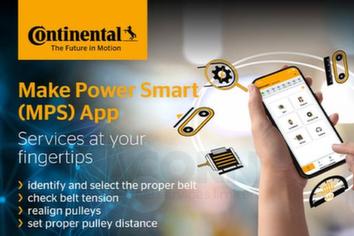We offer an extensive range of belt pulleys for any industrial requirement or automation.
Our selection of belt pulleys are designed to perfectly compliment our range of power transmission belts. They are used in conjunction with belts to transmit power, pulleys have an essential role in belt drives.


Belt pulleys are mechanical devices that play a crucial role in transmitting energy and motion in various applications. They work in conjunction with a belt, which slides into the pulley’s groove to generate friction and transfer energy.
In a typical belt and pulley system, pulleys are affixed to shafts at their axes, and power is transmitted between the shafts by means of endless (ends joined together) belts running over the pulleys. The belt can either be a V-belt, which is wedged securely in the pulley’s grooves, or a timing belt, which has teeth that engage with the pulley.
The frictional forces between the flat belt and the pulley surface cause the pulley to rotate, thereby transferring power from the drive pulley to the driven pulley. This mechanism is used in various applications, from the precise positioning required in high-tech machinery to the brute force needed in heavy industrial equipment.
Regular maintenance, such as inspection for signs of wear, correct tensioning of belts, and application of appropriate lubrication, is essential to ensure the efficient operation of belt pulleys.
Belt performance depends largely on pulley performance. Get the right pulley and you will increase the life of your belt to reduce the total cost of ownership of your application.
It is essential that the pulley used matches the corresponding belt used in the drive.
At ACORN industrial services, our offerings extending beyond just pulleys. We are committed to providing other power transmission products to meet your industrial needs:



A belt pulley is a mechanical device that helps transmit energy from a machine’s motor or engine to other components. It uses a belt, which slides into the pulley’s groove and generates friction to transfer energy. Pulleys can be seen in more than one form, as they serve a variety of purposes in the industrial world.
Yes, belt pulleys can wear out over time. The primary cause of premature wear is friction occurring between the belt and the pulley. Conditions that allow the soft belt rubber to slip rather than grip will cause the belt surface to act as an abrasive, slowly abrading away the much harder metal pulley grooves. Pulley wear will accelerate in dusty, dirty conditions. It’s important to ensure pulleys are replaced when changing belts to get the most from your belt systems.
The main difference between timing pulleys and v-pulleys lies in their design and function. Timing pulleys have a toothed design that allows for precise synchronization and prevents slippage during operation. On the other hand, v-pulleys work with v-belts, which have a trapezoidal cross-section and typically require a tensioner pulley to maintain the correct tension